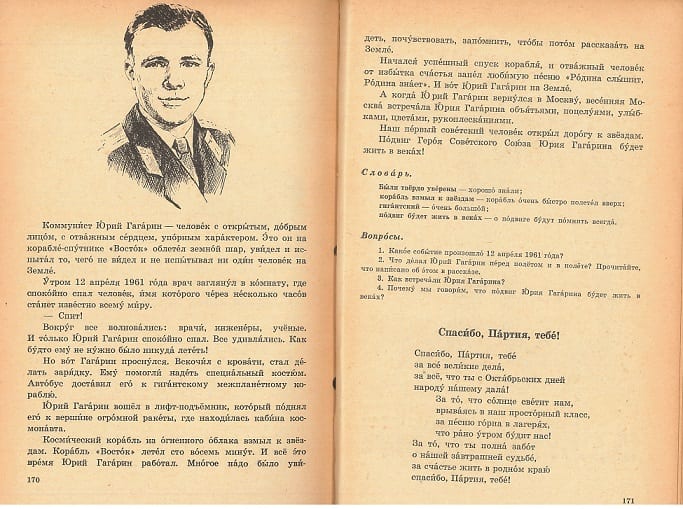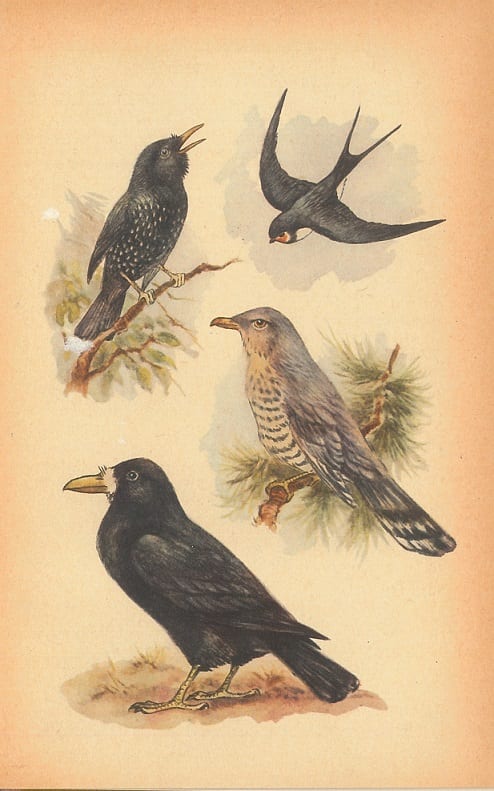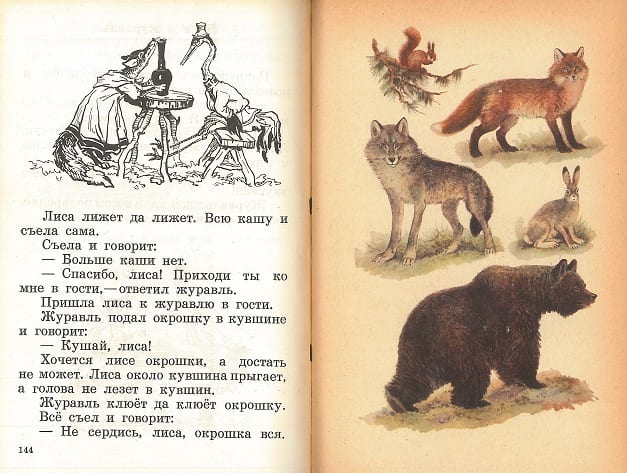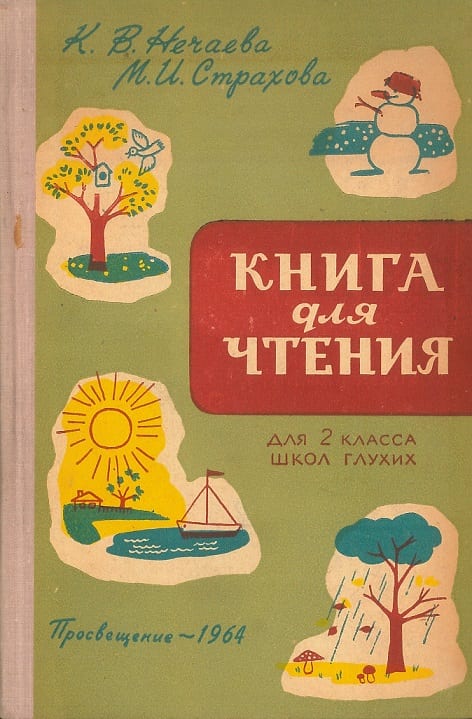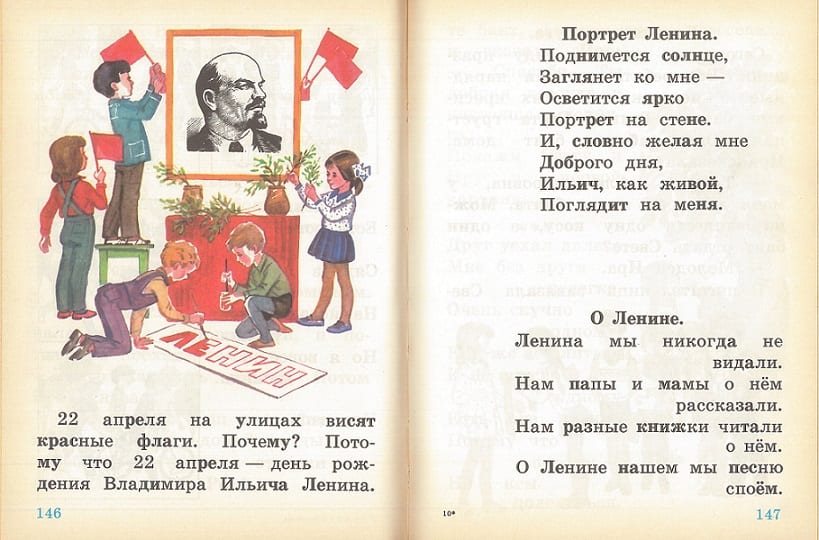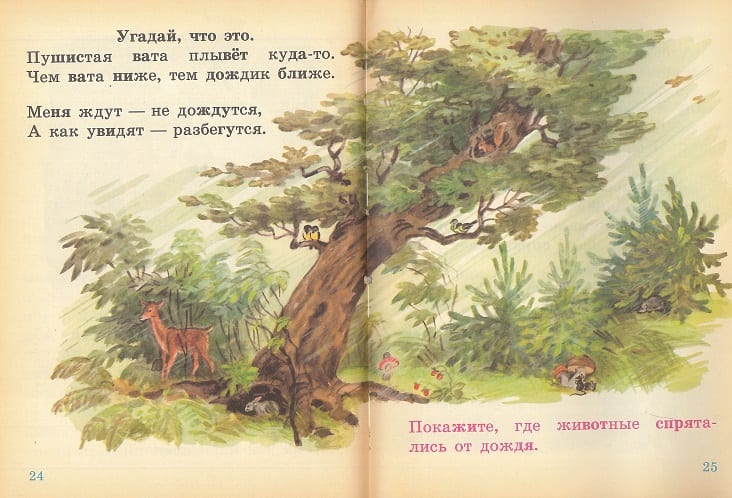 Job Platt Barrett (1838-1916), or J.P. Barrett as he was known, was a long serving and influential Teacher of the Deaf. Born on the 29th of June, 1838, at Marsden, he began his teaching life with Charles Baker at Doncaster, and was, according to The British Deaf-Mute ‘“articled” after a rough and ready fashion’ on the 6th of January, 1851, when he was 12 (p.170). He is to be found on the census for April 1851 as an apprentice teacher, on probation, along with Edward Bill of Birmingham, then aged 15, and with two older full apprentice teachers, Samuel Smith and Noah Freeman, both from Leicestershire. Colleagues of his at Doncaster included Alexander Melville, J.W. North, and Samuel Smith was called, ‘his particular friend’ (British Deaf Mute, p.170).
Job Platt Barrett (1838-1916), or J.P. Barrett as he was known, was a long serving and influential Teacher of the Deaf. Born on the 29th of June, 1838, at Marsden, he began his teaching life with Charles Baker at Doncaster, and was, according to The British Deaf-Mute ‘“articled” after a rough and ready fashion’ on the 6th of January, 1851, when he was 12 (p.170). He is to be found on the census for April 1851 as an apprentice teacher, on probation, along with Edward Bill of Birmingham, then aged 15, and with two older full apprentice teachers, Samuel Smith and Noah Freeman, both from Leicestershire. Colleagues of his at Doncaster included Alexander Melville, J.W. North, and Samuel Smith was called, ‘his particular friend’ (British Deaf Mute, p.170).
Leaving Doncaster in June 1857 he became a tutor to a ‘ward in chancery’ but when the child became ill Barrett lost that position. On the 25th of January, 1858 he was engaged by Thomas James Watson and moved to the Old Kent Road Asylum – we are told as ‘the first teacher from the provinces’ (ibid). He married Sarah Dodson in Canterbury in 1861. In 1881 he moved to the new school in Margate, living with his wife Sarah at the nearby village of Birchington, where in his spare time he pursued antiquarian interets in local history, writing historical articles as ‘John Pharos’ (see various obituaries). He remained at the school until retirement in 1908. By now a widower, he then moved back closer to London and according to probate records his last address was in Forest Hill (Ephphatha p.469).
In 1896 he estimated that 3,000 pupils had ‘come under his ken’ so he was probably quite influential. He held that the pupil was ‘the important factor for consideration’ and clearly was frustrated by what he called ‘”fads” of Committees, Inspectors, Head-Masters, and of individual teachers’ (British Deaf Mute, p.170-1). He wanted an association for teachers that was ‘sufficiently powerful to prevent such ill-advised appointments as have recently taken place’ (ibid). I wonder to whom he was referring?
The article shows him to have been in favour of sign language, in the perhaps paternalistic way that some in favour of the ‘combined’ method had. I leave the reader to judge:
Another point that he is not afraid to speak out strongly upon, is the use (and misuse) of signs. Whenever he hears anyone condemn the use of signs in toto, he invariably asks: Can the speaker sign fluently? Has he or she a thorough acquaintance with the language of signs? Without that knowledge the importance and the power of signs are unknown and unappreciated. He adds that only an expert signer can fully recognise the pleasure that the afflicted congenital deaf-mute derives from signs. To him, signs turn this dreary world of ours into a “little heaven,” they are both poetry and music to him, and for those intellects are not of the brightest, and their number is large, signs are an absolute necessity.
Much has been done for the deaf and dumb during the past century, but Mr. Barrett points out that the education of a deaf and dumb child still begins as it always has done at zero, and the pupils at the beginning of this century were equally well taught with these of the present day. (ibid, p.171)
His life was touched by tragedy after he retired in 1908. On the 28th of December, on a holiday visiting his son Arthur in Sicily, where he spent time looking for butterflies, they narrowly escaped death in the terrible earthquake, only for his daughter-in-law Jemima, and his grandson Claude (born in April 1905) to be killed (see obituaries and www.ancestry.co.uk). His son, a merchant, returned to England, and remarried in 1913.*
Barrett was an avid entomologist all his life. I expect he was encouraged in that interest when he was with Charles Baker, as Baker had earlier produced a book on butterflies when he was at the Birmingham Institute in 1828. Richard Elliott says in one of his three obituaries of Barrett that,
In the course of many years he collected and arranged a collection of British insects, which, we hear, he has left to the British Museum. We believe it one of the most complete in existence, and is worthy of his fame as one of the first entomologists of the present day. (Ephphatha, Elliott p.469)
In fact the collection went to the Horniman Museum, at least according to the obituary in The Entomologist’s record and journal of variation (p.44). There are two obituaries of him in Entomological journals. He was one of the key people behind the foundation of the South London Entomological Society, which eventually became The British Entomological and Natural History Society.
It was at his house in Peckham the South London Entomological and Natural History Society was founded. 1872 is the accepted date but informal meetings were held there a year or two previously. He was elected President in 1877 but resigned membership just before his removal to Margate, and did not rejoin til 1900. (H.M[oore])
Moore also tells us that
Since his retirement from active work, in 1908, he had for some years given an evening’s entertainment to the deaf of South London, to which he frequently invited the writer, who felt himself the only deaf person present. Those who were at the annual meeting of the Entomological Society last year will remember the “tale of a tramp,” told by the President, that Mr. Platt-Barrett told on his fingers to his deaf and dumb guests shortly afterwards, who laughed as heartily as the fellows who heard it.
His friend of fifty years, G.T. Porritt, says in his obituary (The Entomologist’s Monthly Magazine) that he was one of the founders of the South London Entomological Society, “practically the founder […] The meetings were first held at his house in Peckham where he acted as the Secretary, becoming the third Presdient, in 1877” (Porritt, p.69).
He gets a mention in Michael A. Salmon et al’s The Aurelian Legacy (2000), though the authors, who gave him the wrong Christian name, thought Barrett had a hearing loss, probably assuming that as he was at the Doncaster Institution he was Deaf, whereas he was training as a teacher, and from a misunderstanding of the passage above, where Barrett was hearing a story then interpreting it to his Deaf friends.**
He died on the 27th of December, 1916. His wife had predeceased him in 1883, and after retirement he went to live with his daughters. He was buried in Burchington, at her side.
The top picture shows him in 1857, the second one is to be found in both his obituary in Ephphatha and Teacher of the Deaf.
He clearly had the respect of Richard Elliott, who says,
Mr. Barrett was a real friend of the deaf and dumb. He was never tired of advocating their interests, or of trying to serve them. He had a real knowledge of their mentality, and a full power of communicating with, and influencing them by that means. (British Deaf Times, p.45)
 https://www.ancestry.co.uk/family-tree/person/tree/1198262/person/24108738661/facts [log in required]
https://www.ancestry.co.uk/family-tree/person/tree/1198262/person/24108738661/facts [log in required]
Barrett, J.Platt, Butterflies. Ephphatha 1913, p.346-7
Biography. British Deaf-Mute, 1896, 5, 170-71. (photos)
Census 1851 – Class: HO107; Piece: 2347; Folio: 193; Page: 32; GSU roll: 87606
Elliott, R., Mr J.P. Barrett, Ephphatha, 1917 p.468-9 (photo)
Elliott, R., Mr J. Platt Barrett, Teacher of the Deaf, 1917 vol. 15 p.20-22 (photo)
Elliott, R., The Late Mr J.P. Barrett, The British Deaf Times, 1917, Vol. 14 p.44-5
H.M. [H. Moore], Obituary, The late J. Platt-Barrett, F.E.S., The Entomologist’s record and journal of variation, 1917 vol. 39 (2), p.43-4
The National Archives of the UK; Kew, Surrey, England; Consulate, Palermo, Italy and predecessor: Miscellanea; Class: FO 653; Piece: 21
Porritt, H.M., J. Platt Barrett, The Entomologist’s Monthly Magazine, 1917, vol. 53 p. 69-70
- There is often mention of ‘fosse comuni’ (mass grave), but my Sicilian born colleague is unsure where they are. The Cimitero Monumentale, where some of the dead were buried in Messina, has an English section. The house was at Via Pozzo Leone, 5: https://tinyurl.com/y8cxvmo6
- **This was then picked up on by Harry G. Lang and Jorge A. Santiago-Blay in their article ‘Contributions of deaf people to entomology: A hidden legacy,’ where they naturally assume that Barrett – Job not James – was Deaf. That article is however well worth reading.
 William L. Cleveland, Martin Bunton, A History of the Modern Middle East (6th ed. 2016)
William L. Cleveland, Martin Bunton, A History of the Modern Middle East (6th ed. 2016) Close
Close






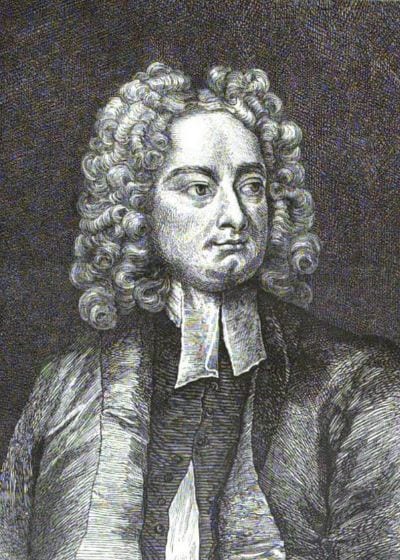

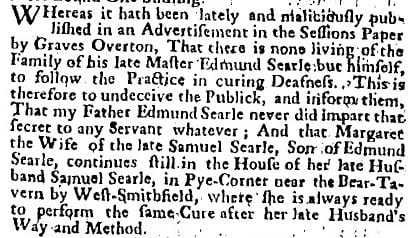
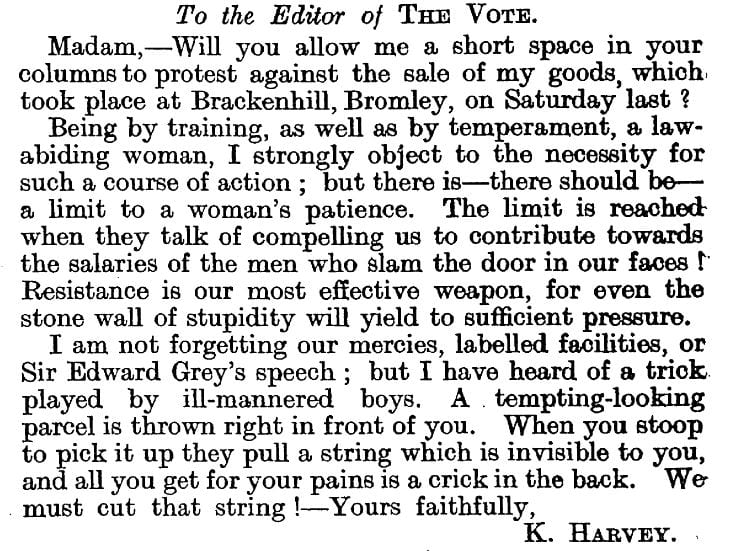 Article from The Vote, June the 17th, 1911
Article from The Vote, June the 17th, 1911


